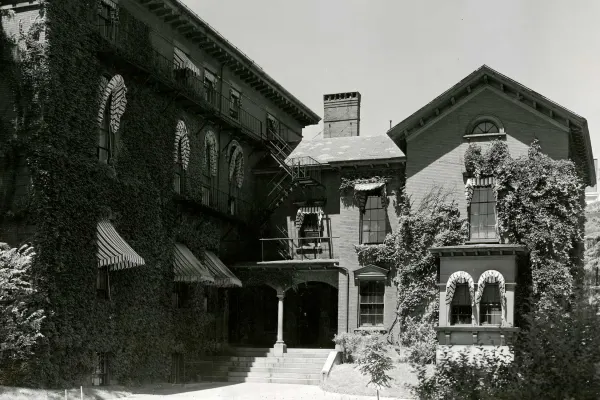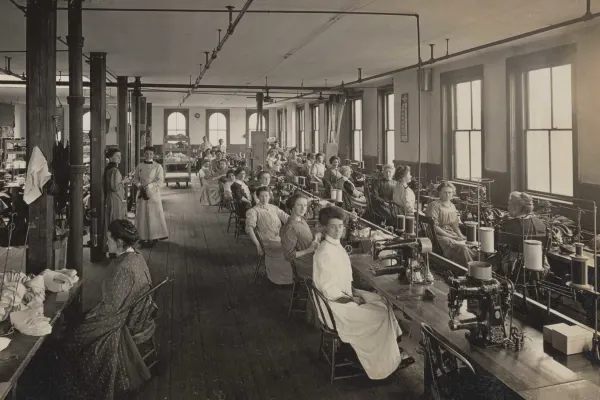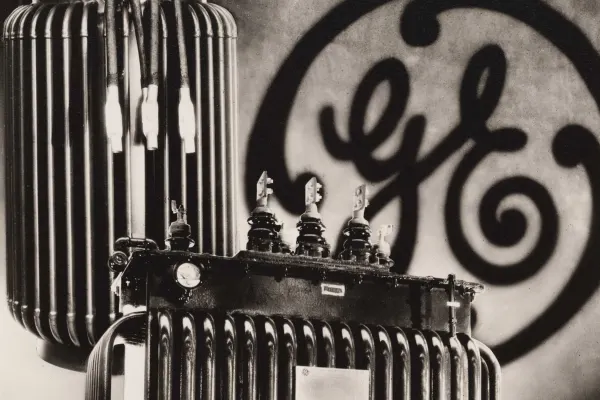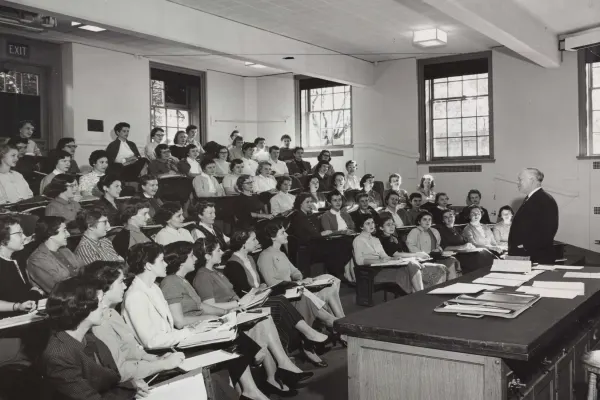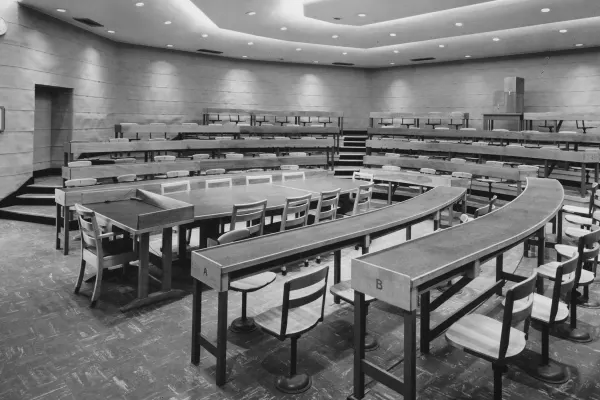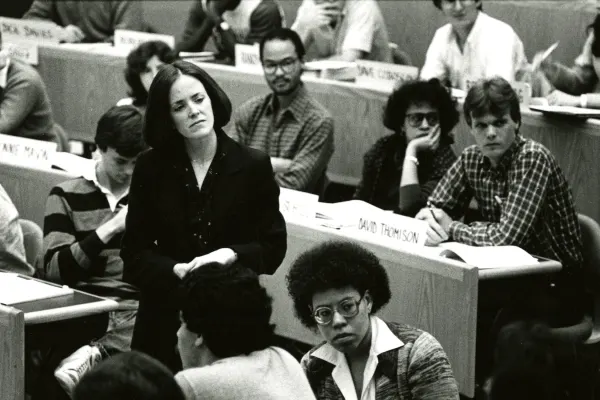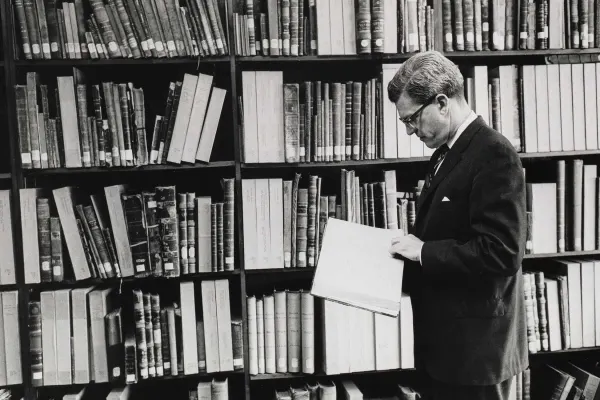From Inquiry to Action
Harvard Business School & The Case Method

Since the 1920s, the case method has been the foundational teaching practice at Harvard Business School (HBS). Based on participant-centered learning, the instructional approach facilitates discussions about real-life problems encountered in business, to prepare students for roles as leaders, managers, and decision makers.
The case method encourages students to plan a course of inquiry—analyze, listen, compare other perspectives—and choose a course of action. For over 100 years, HBS has been an innovative leader in the development and refinement of teaching with the case method, helping to shape business education programs and business leaders around the world.
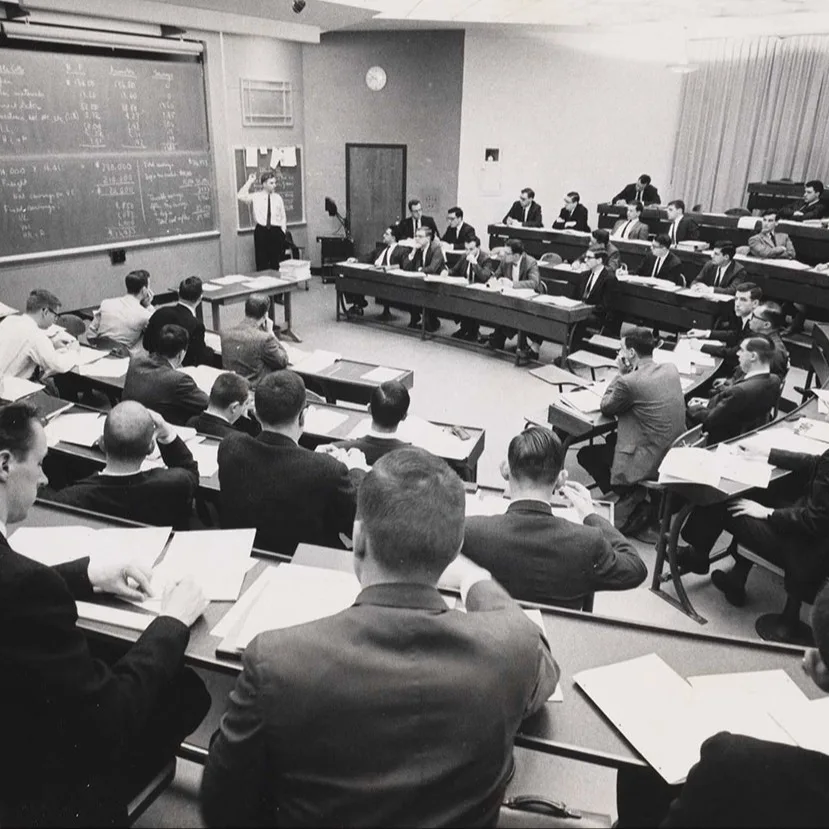
“While cases may look different in the future,” HBS Dean Srikant Datar observes, “the fundamental approach of discussion, debate, and deliberation will undoubtedly last into the next century.”1 Drawing on materials from the HBS Archives, From Inquiry to Action explores the introduction of the case method in the teaching of business administration and highlights the School’s early contributions that have led to the enduring influence of this participant-centered teaching practice.
100 Years of Case Method
Explore an illustrated timeline of 100 years of the Case Method at HBS.
In the Exhibition
Resources

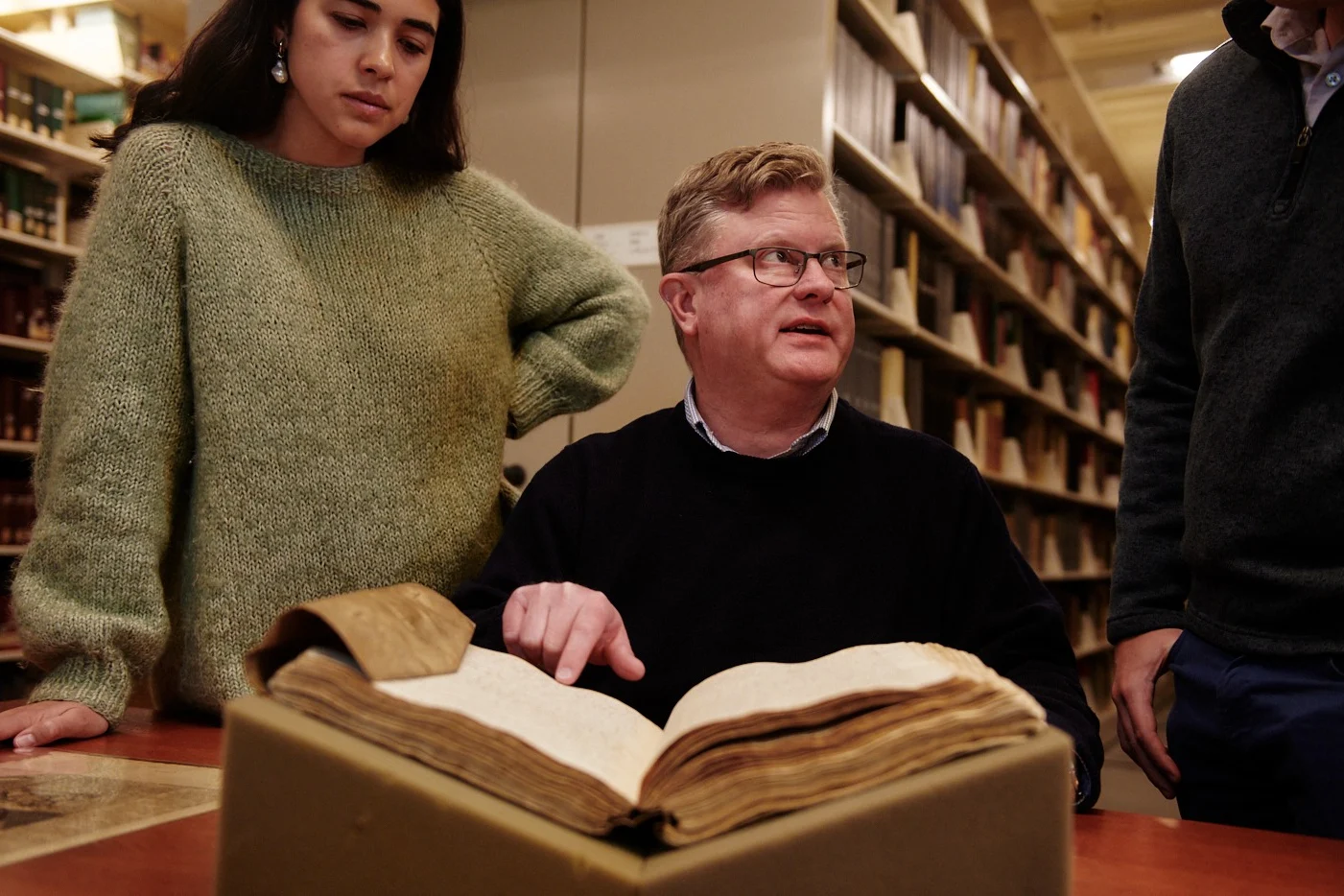
- Dean Srikant Datar in “Dean Datar Introduces the Case Method Centennial,” 2021.
https://www.youtube.com/watch?v=iI1-K2nECTo. Accessed 2/2/22.back to text ↑
